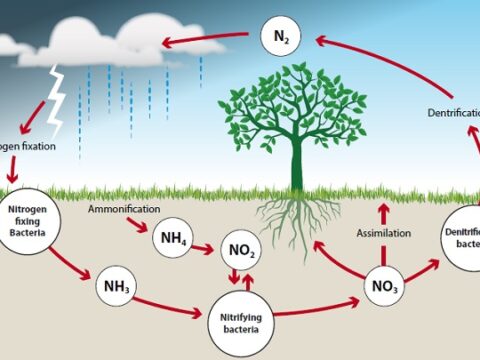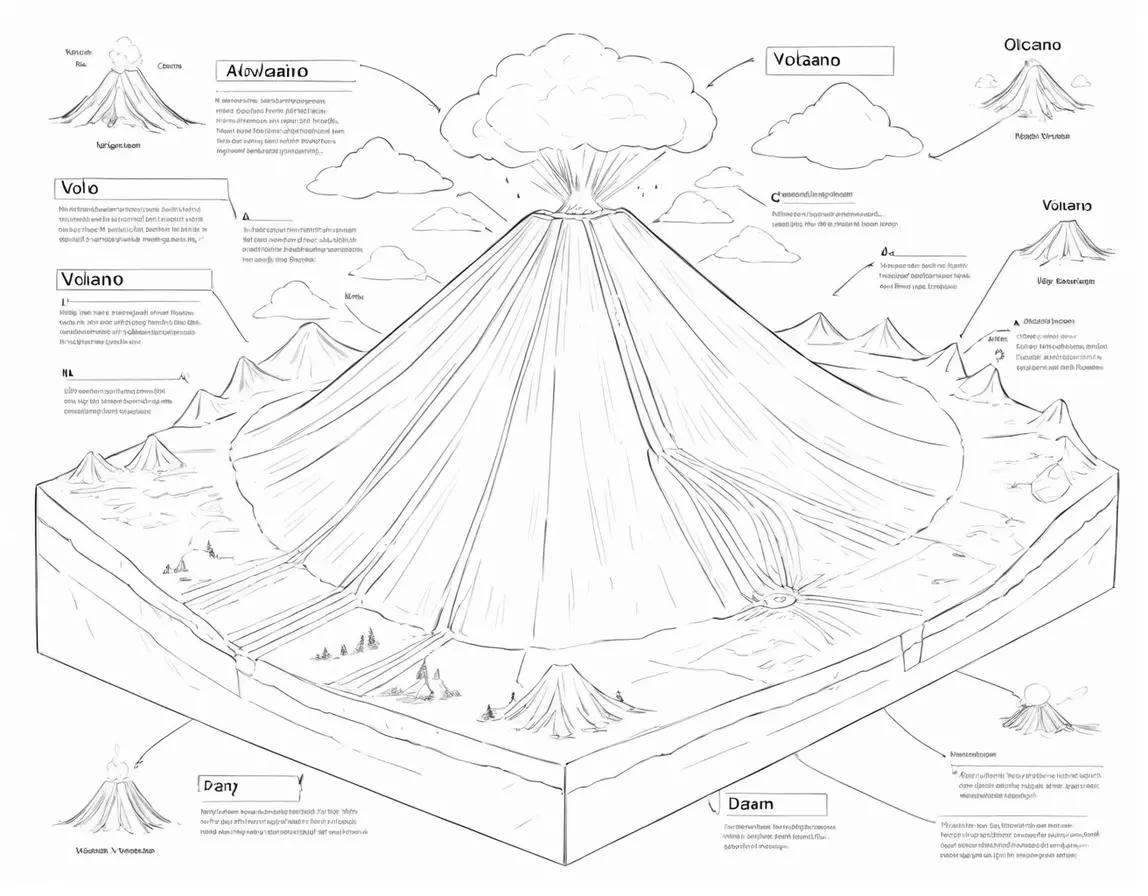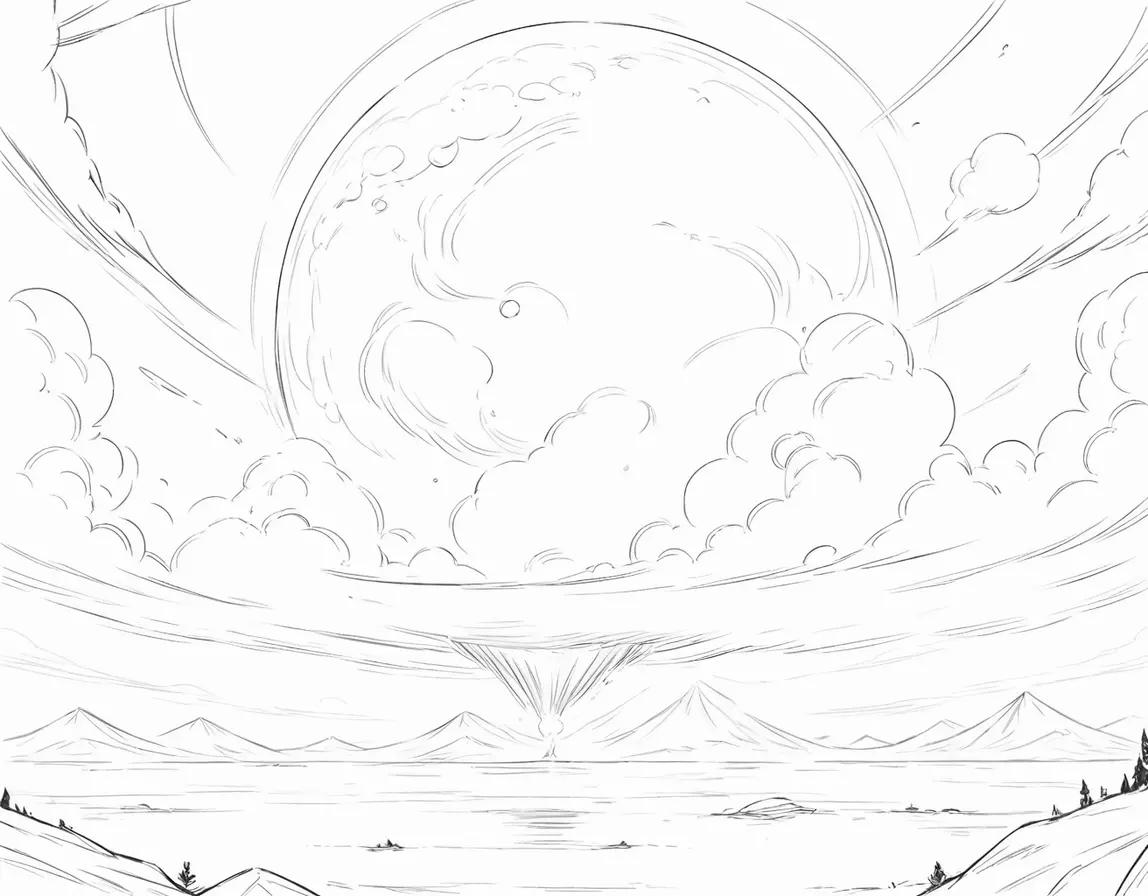
You may be asking yourself this question right now as you sit on your towel, feet in the sand, and the ocean or sea as your solitary horizon. We opted to study these water bodies, which are popular summer destinations where we like to dive recklessly. In this essay, you will “finally” understand the distinction between sea and ocean.
In this essay, you will “finally” understand the distinction between sea and ocean.
Before the first trip around the world, the ocean was called the “ocean sea,” but it was while sailing the global ocean that Magellan chose to nickname the ocean “Pacific,” after noticing how peaceful it was. Since then, every region of the world’s ocean has been given a name: the Atlantic Ocean, the Indian Ocean, the Austral Ocean, and the Arctic Ocean. When we look at the meanings of “ocean” and “sea,” we can see that there is a very slight distinction between the two. However, there are a few characteristics that separate a sea from an ocean.
We often hear that size does not matter, yet it does in the marine industry. It is, indeed, an issue of size! The ocean’s vast surface area immediately separates it from the sea. Even though the sea is a big volume of salt water, its surface area is smaller. For comparison, the largest sea (Arabian Sea) has a surface area of 3.6 million km2, while the smallest ocean (the Artic Ocean) has a surface area of more than 14 million km2.
The distinction between sea and ocean does not end there; it also involves borders! If we look at the definition of the ocean, we can see that it is always surrounded by continents.
MAP OF THE OCEANS

The sea may be bordered by lands and/or the ocean. As a result, there are various types of seas in the world.
A “shelf” sea is a kind of ocean extension. This is true of the Channel, the North Sea, and the Caribbean Sea, all of which border the Atlantic Ocean.
An “inland” sea can only link to another sea, such as the Baltic, Black, or Adriatic.
A “semi-enclosed” sea connects to the ocean by a narrow channel, similar to how the Mediterranean Sea connects to the ocean via the Strait of Gibraltar.
An “enclosed” sea, like the Caspian and Aral Seas, is not connected to any other sea or ocean.
The Sargasso Sea is unique in that it has no shores and is simply a zone of the Atlantic Ocean. This is why distinguishing between the sea and the ocean can be difficult at times.
The sea has saltier water than the ocean. The boundaries and size of the water body are not the only differences between ocean and sea. Water salinity is, in reality, an important consideration.
Surely, comparing the taste of water cannot identify the ocean from the sea, even though the water in the oceans is less salty than in the seas (the salinity of oceans is on average 35g/L). Why are the oceans saltier? Because of the thermohaline circulation, ocean currents allow for the regulation of ocean salinity. We advise you to read our article on ocean currents to better comprehend this phenomenon.
Seas, on the other hand, are saltier due to more water evaporation. Because salt does not evaporate, seawater has a higher sodium chloride density.
SALINITY OF THE SEA
The Mediterranean Sea, for example, has a salinity of 39g/L, while the Red Sea has a salinity of 42g/L. The Baltic Sea, with a salinity of 7g/L, is the lone exception to the rule. This low-salt water can be explained by significant freshwater supply and rainfall, both of which compensate for water loss due to evaporation.
DEPTHS THAT MAKE A DIFFERENCE
Depth is another factor that distinguishes seas from oceans! Are you ready to leave the beach? Put on your wetsuit, fins, and oxygen bottle because we’re ready to dive hundreds to thousands of meters beneath the surface.
In general, the ocean is far deeper than the sea, yet certain seas can be nearly as deep as large oceans.
To give you some perspective, the Channel depth is 174m, the North Sea depth is 700m, and the Black Sea depth is 2,212m. Some oceans are substantially deeper, such as the Mediterranean Sea (5,267m), the Sargasso Sea (7,000m), and the Coral Sea (9,140m).
However, oceans can reach incredible depths, often exceeding 8,000 meters, such as the Indian Ocean at 8,047 meters, the Atlantic Ocean at 8,486 meters, or the Pacific Ocean with its Mariana Trench, which can reach 11,022 meters, the deepest seafloor in an ocean ever recorded.
OCEAN AND SEA DEPTHS
You’ve undoubtedly figured out that, while man has distinguished oceans and seas, there are real differences between our favorite summer destinations. Do you like the sea or the ocean?
Our ocean-inspired decor products are perfect for beachgoers! Tide clocks, floats, paddles, and even reef knots are available to round out your decor. Discover all Ocean Clock goods right immediately.



















